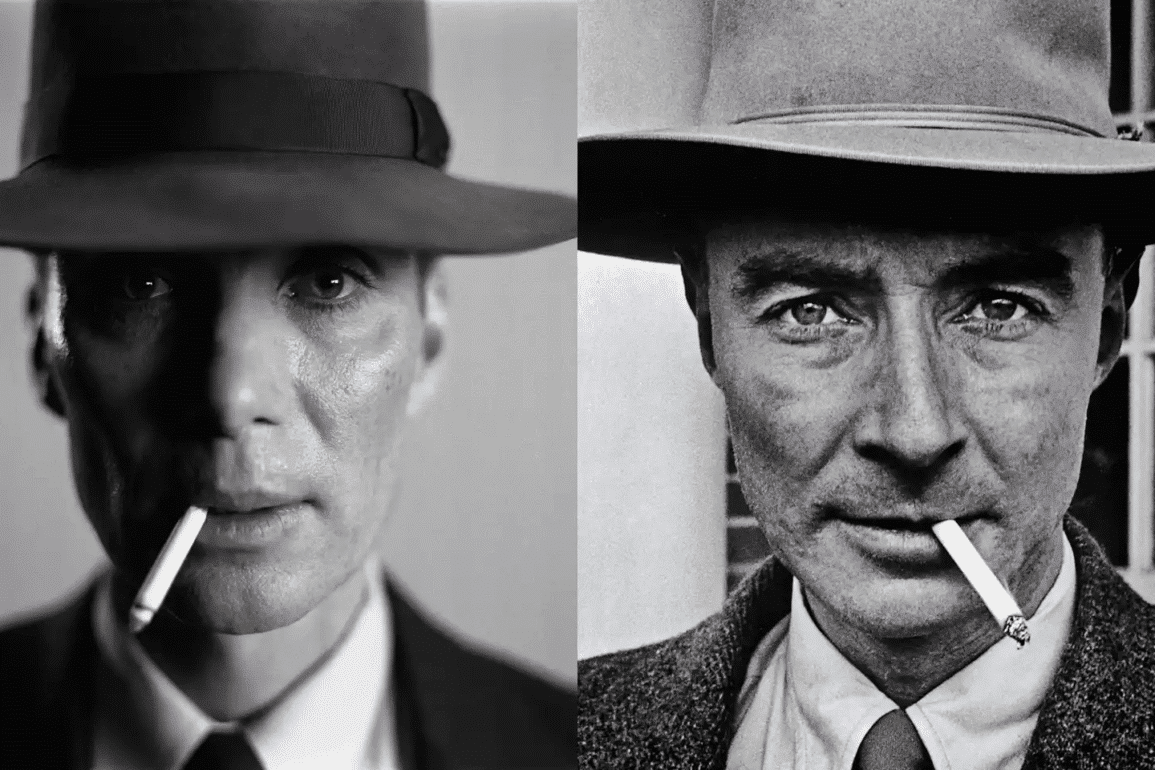The film “Oppenheimer”, released on 20 July in Peru, “has left audiences in awe”, according to some of the headlines. The film was inspired by the 700-page book “American Prometheus: The Triumph and Tragedy of J. Robert Oppenheimer”, published in 2005 after 25 years of work by its authors. In 2006, they received the Pulitzer Prize for Biography or Autobiography for this work.
The current film audience’s interest in the drama, whose protagonists are technology and ethics, developed in the mind of a theoretical physicist and manager, the central character of the Manhattan Project, is a source of satisfaction.
In his scientific article: “Robert Oppenheimer: the ethical aporias of the father of the atomic bomb” (2009), Dr. Juan Arana Cañedo-Argüelles, Professor of Philosophy at the University of Seville, member of the Royal Academy of Moral and Political Sciences (Spain), analyses the problem by providing relevant bibliography.
The paper is divided into seven sections, which can be summarised as follows, in order: Robert Oppenheimer was a select spirit who stood between experimental and theoretical physics. He took on the great challenge of the Manhattan Project, which posed the question: Should everything that can be done be done? He had to pay the price of going down in history. It begs the question of whether he was a dove or a hawk. In the end, he found himself engaged in the grandeur of a defeat.
Juan Arana – who was in Peru in May 2017, generously offering us his knowledge at the Faculty of Humanities and the Cultural Centre of the University of Piura – points out that Oppenheimer made his self-portrait in these terms: “The wise man and the artist both live in the confines of mystery. They are permanently surrounded by it. Their creative function demands that they maintain a balance between synthesis and novelty, between the struggle for partial order and chaos”.
According to the quotations presented by Arana, under the heading “A select spirit”, the father of the atomic bomb distinguished himself by “the perpetual search for confluences and a taste for borderline terrain”, being a “genuine devourer of books”. He “assimilated an enormous amount of knowledge in both science and literature, not forgetting art, languages and the history of religions”, with a fascination for Eastern spirituality, and was capable of translating and memorising large passages from the Bhagavadgîtã and the Upanishads.
Oppenheimer, it is safe to conclude, as stated in the previous paragraph, was endowed, to a large extent, with both an interdisciplinary and a transdisciplinary disposition. Openness towards different disciplines, trying to distinguish both the limits between them and their mutual complementarity, tends to favour creativity. For this reason, the scientist was “responsible for the concrete steps to be taken on the empirical level and for clearing up all the theoretical unknowns that arose”.
Turning to the fourth section, “Should everything that can be done be done?”, it is clear that Oppenheimer, like Prometheus, managed to subtract from the divine, from the confines of mystery, the colossal energy enclosed in the atomic nucleus.
The scientist’s talent glimpsed the dimensions of human knowledge, without closing himself off from the transcendence of religious knowledge. This explains the letter of invitation addressed to Stanley Yaki, which Oppenheimer signed on 1 April 1966, eight months before his death. The letter reads: “Dear Father Jaki. On the recommendation of the Faculty at the School of Historical Studies, I am pleased to formally invite you to visit the Institute for Advanced Study [at Princeton University in New Jersey] for the 1966-1967 academic year. We all look forward to having you with us for a visit”.
Stanley L. Jaki (1924-2009) was a Hungarian priest, a member of the Benedictine order, specialising in the history and philosophy of science. After completing his university education in philosophy, theology and mathematics, Jaki graduated in physics; he obtained doctorates in theology (1950) and in physics at Fordham University (1958), where he studied under Nobel laureate Victor Hess, co-discoverer of cosmic rays. He also did postdoctoral research in Philosophy of Science at Stanford University, UC Berkeley and the Institute for Advanced Study at Princeton University. Jaki is the author of more than 24 books on the relationship between modern science and Christianity, published between 1966 and 2008.
Luis Francisco Eguiguren Callirgos – Doctor in Philosophy – Professor of the Faculty of Humanities – University of Piura










